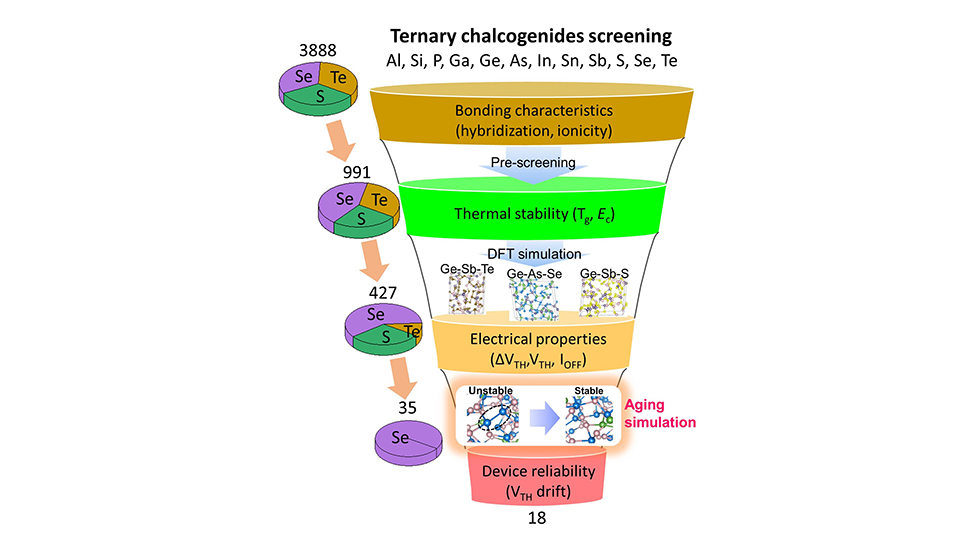
Samsung has used advanced computer modeling to accelerate the development of Selector-Only Memory (SOM), a new memory technology that combines non-volatility with DRAM-like read/write speeds and stackability.
Building on the company's earlier research in the field, SOM is based on cross-point memory architectures, similar to phase-change memory and resistive RAM (RRAM), where stacked arrays of electrodes are used. Typically, these architectures require a selector transistor or diode to address specific memory cells and prevent unintended electrical pathways.
Samsung has taken a novel approach by exploring chalcogenide-based materials that function as both the selector and the memory element, introducing a new form of non-volatile memory.
A broader search
eeNews Analog reports Samsung researchers will present their findings at this year’s International Electron Devices Meeting (IEDM), taking place from December 7 to 11, in San Francisco. The South Korean tech giant will discuss how it screened an extensive range of chalcogenide materials for SOM applications.
Samsung says its study explored over 4,000 material combinations, narrowing them down to 18 promising candidates using Ab-initio-based computer modeling (see the diagram at the top of the page). The focus was on improving threshold voltage drift and optimizing the memory window - two key factors in SOM performance.
Traditional SOM research has been limited to the use of Ge, As, and Se chalcogenide systems found in ovonic threshold switches (OTS). However, Samsung says its comprehensive modeling process allowed for a broader search, considering bonding characteristics, thermal stability, and device reliability to enhance performance and efficiency.
In a follow-up IEDM presentation, eeNews Analog reports, IMEC researchers will discuss potential atomic mechanisms, such as local atomic bond rearrangement and atomic segregation, that could explain how the selector component in SOM operates, further influencing threshold voltage - an important factor in memory performance.







